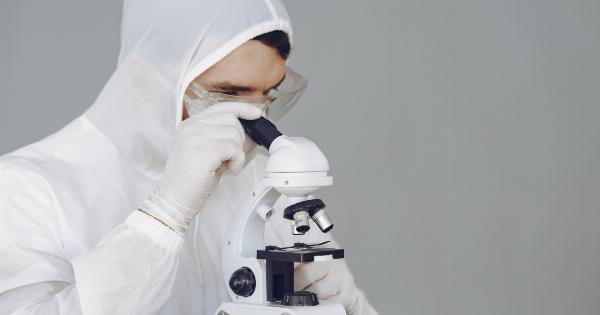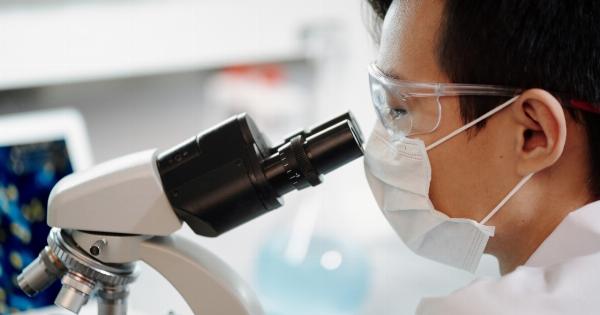Cancer is a complex and highly studied disease that affects millions of people each year. Although there are many different types of cancer, they all share one common characteristic: the abnormal growth of cells.
This can happen for a variety of reasons, including genetic mutations, exposure to environmental toxins, and infection by disease-causing organisms.
Pathogens and Cancer
In recent years, researchers have discovered that several types of pathogens are linked to the development of cancer. These include viruses, bacteria, and parasites.
When these pathogens infect the body, they can cause cells to grow and divide abnormally, leading to the development of tumors. Here are some of the most common pathogens linked to cancer:.
Human Papillomavirus
Human papillomavirus, or HPV, is a virus that is spread through sexual contact. In many cases, the virus causes no symptoms and goes away on its own.
However, in some cases, it can lead to the development of cervical cancer, as well as cancers of the anus, vulva, vagina, penis, and throat.
Hepatitis B and C Viruses
Hepatitis B and C are viruses that primarily affect the liver. They are spread through contact with infected blood or other bodily fluids. Chronic infections with these viruses can lead to the development of liver cancer.
Epstein-Barr Virus
The Epstein-Barr virus, or EBV, is a common virus that is spread through contact with bodily fluids, such as saliva. It is best known for causing infectious mononucleosis, or mono.
However, in rare cases, it can also lead to the development of certain types of cancer, including Hodgkin lymphoma and nasopharyngeal carcinoma.
Helicobacter Pylori
Helicobacter pylori is a type of bacteria that can cause stomach ulcers and other digestive problems. In some cases, chronic infections with this bacterium can also lead to the development of stomach cancer.
Human T-Cell Lymphotropic Virus
The human T-cell lymphotropic virus, or HTLV, is spread through contact with infected blood, sexual contact, and from mother to child during birth or breastfeeding.
Although most people who are infected with HTLV do not experience any symptoms, in rare cases, it can cause a rare form of leukemia, as well as lymphomas and other types of cancer.
Malaria
Malaria is an infection caused by a parasite that is transmitted through the bites of infected mosquitoes.
Although malaria is primarily associated with fever, chills, and other flu-like symptoms, it can also lead to the development of a certain type of blood cancer known as Burkitt’s lymphoma, especially in children who live in areas where malaria is endemic.
Human Herpesvirus 8
Human herpesvirus 8, or HHV-8, is a virus that is spread through sexual contact and blood transfusions.
It is associated with the development of Kaposi’s sarcoma, a rare form of skin cancer that can also affect other organs, such as the lungs, liver, and lymph nodes.
Conclusion
Although there are many factors that can contribute to the development of cancer, it is clear that pathogens such as viruses, bacteria, and parasites play a significant role in the disease.
By understanding the link between pathogens and cancer, researchers are better able to develop effective treatments and prevention strategies.


























